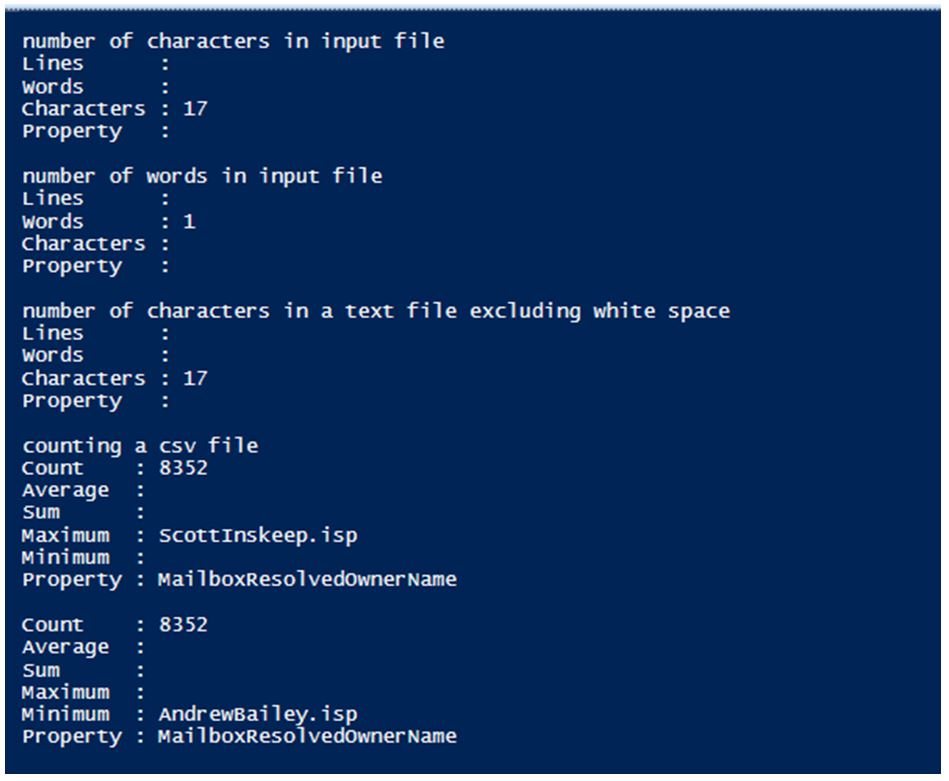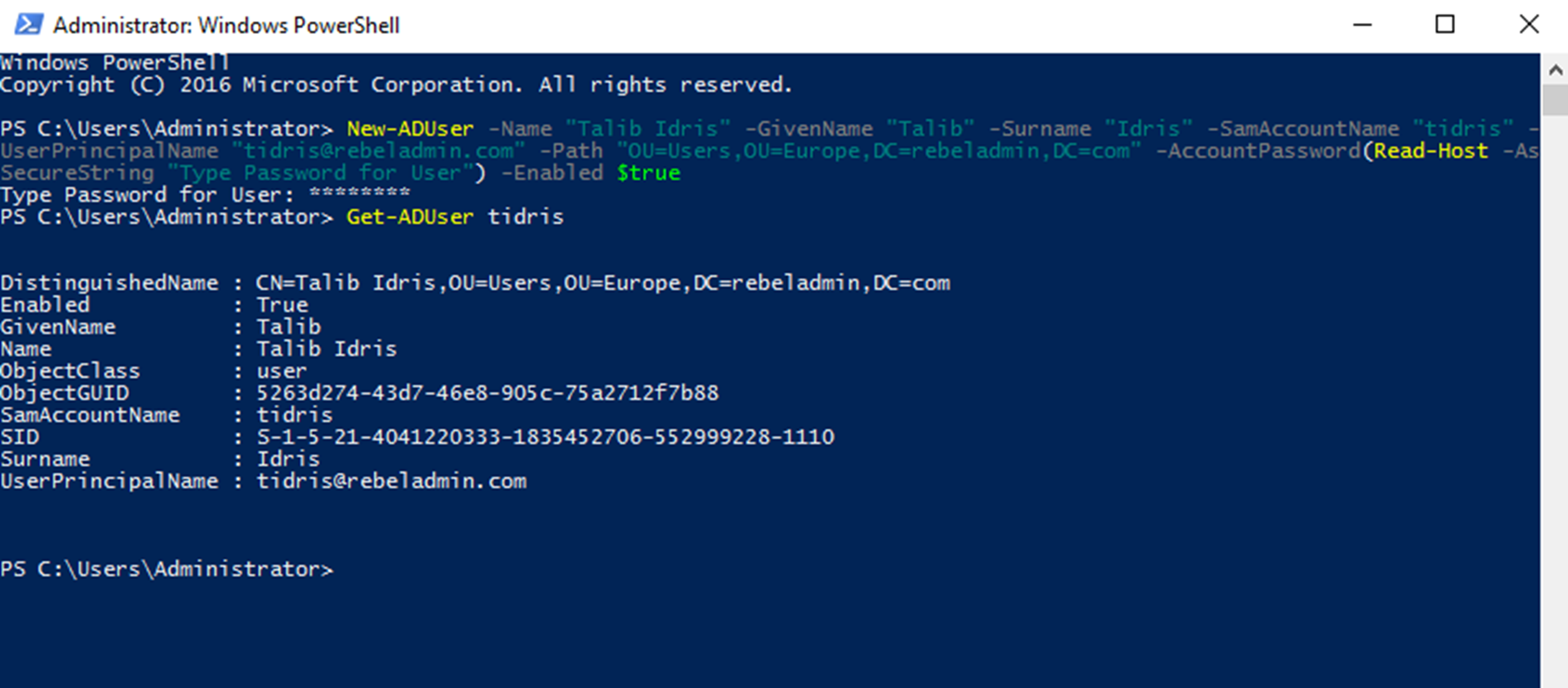

Write-Output "`nName of the script : $scriptname" Output PS C:\WINDOWS\system32> C:\Temp\TestPS.ps1 Example $ScriptName = $MyInvocation.M圜ommand.Name To get the name of the script, use can use the Name property as mentioned earlier. To get the script directory, we can use the Split-Path command. Before PowerShell 3, there was no better way of querying the MyInvocation.M圜ommand.Definition property by using the Split-Path cmdlet. Using the Split-Path Cmdlet to Get the Current Location of the PowerShell Script. Open folders & files using Command Prompt & PowerShell. In this article, we will discuss different ways to get the current location of the running PowerShell script. Please note that we are running the above script from the System32 directory and the output path is C:\temp. You dont have to exit the window just to find the folder or file. If I wanted to change to another folder, I can navigate to the folder in File Explorer and copy the path from the address bar and paste into PowerShell. The alias cd can be used as a substitute.

There are 3 decimal places so smaller files won’t show 0 size. Get-DirectoryTreeSize -Path C:Temp -Recurse Sort-Object FolderSizeInMB -Descending will quickly get the largest folder in your query.

Type the command followed by the path to set the location to. AllItemsAndAllFolders will get all files, all folders and the total size for the specified directory and all subdirectories. Congratulations You are able to hide folders and files using Powershell. To extract the filename with extension, use the Split-Path command with the -Leaf parameter. The part of a path can be the parent folder, subfolder, file name, or a file extension only. Write-Output "Path of the script : $mypath" Output PS C:\WINDOWS\system32> C:\Temp\TestPS.ps1 If you want to list files and directories of a specific directory, utilize the -Path parameter in the Get-ChildItem command. To move to another folder, use the Set-Location command. Optionally, hide all files from the directory using Powershell. Use the Split-Path Cmdlet to Extract the Filename From a Path in PowerShell The Split-Path cmdlet displays the specified part of a given path in PowerShell.
#Powershell get file path full
$MyInvocation.M圜ommand.Path command is useful to get the full path of the script where it resides while $MyInvocation.M圜ommand.Name is useful to get the name of the script. This is an automatic variable and it is only invoked when the script or the function is executed. To get the full path of the script we need to use the $myInvocation command.


 0 kommentar(er)
0 kommentar(er)
